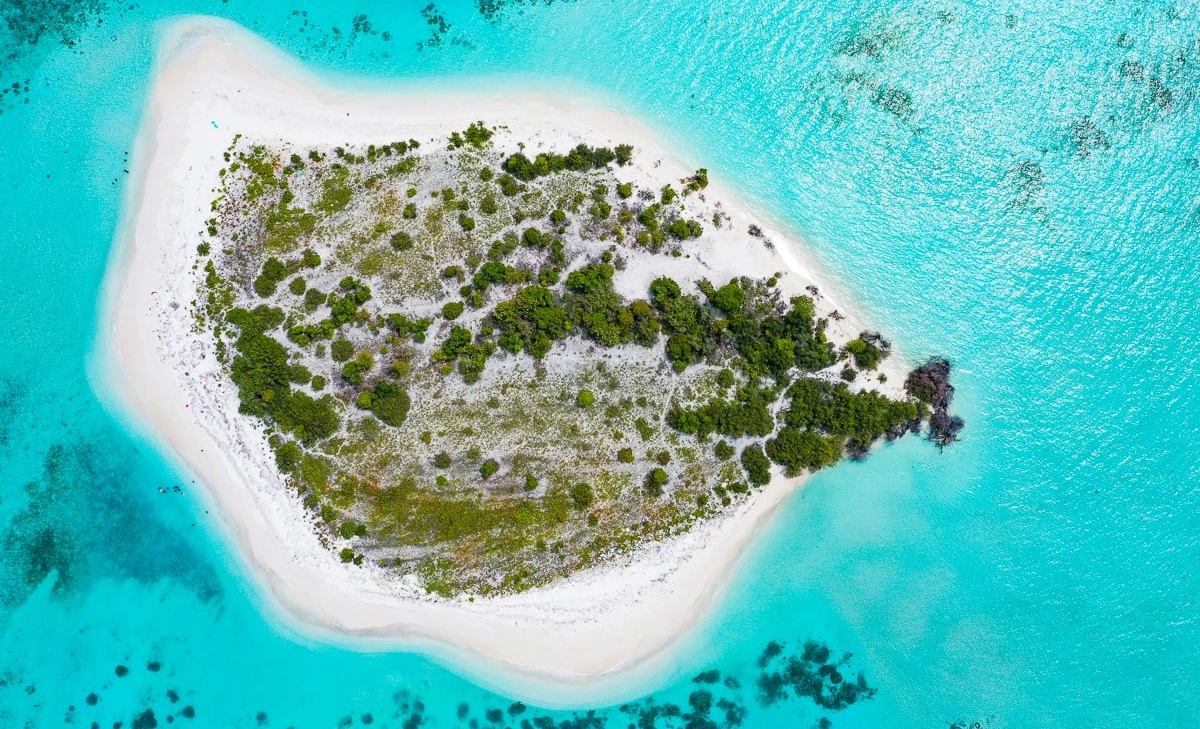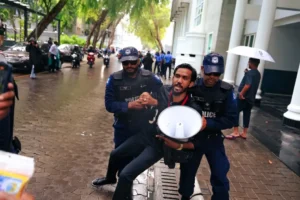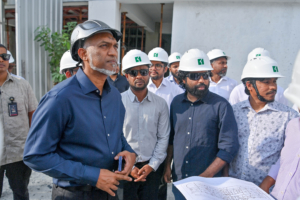Male’, Maldives – Ministry of Environment has added five locations in Lhaviyani atoll (Faadhippolhu atoll)to the protected areas list of Maldives and gazetted the details of the five areas.
Ministry said that this decision was taken under the Environmental Protection and Preservation Act of Maldives (Law No. 4/93) subsection 4 which stipulates that The Ministry shall identify places and things that have to protected, formulate regulations and enforce them to preserve such in their natural or original form.
The newly protected areas are;
- Maagandu Thila (Anemone Thila) Region
This is an area located around the center of the atoll towards to the north where great numbers of soft and hard Anemone can be seen. This is also one of the few areas in the world where such high numbers of Anemone can be seen together. The most common Anemone which can be seen from this area is recorded to be the magnificent sea anemone (Heteractis magnifica).
In addition to this numerous numbers of corals, sharks and turtles can be observed in this area and 27 families of reef fish have been recorded in this specific area. This area has been protected as a category 6: Species/ Habitat management area.
- Sehlhifushi and Hiriyadhoo Region
These two regions are a part of the biggest uninhabited island in the atoll which has been divided in to 5 islands for administrative purposes. Sehlhifushi and Hiriyadhoo are the two most northern parts of this island. Historical records show that these islands were previously separate five islands, but due to the changes in current within the lagoons the islands geography change frequently. One of the most noticeable parts in this area is the bay area which has unique environmental features. The bay area is a marine nursery which is used by various marine animals to hatch and grow.
In addition to this the lake in the island has 19 types of plants which grow around it. Also the “Kaheruva” plants which grow in this area are rarely found in Maldives and need to be grown more. This area is also a turtle nesting location and sea birds also come to rest and also has many areas to nest in the island. This area has been protected at category 7: protected area with sustainable use.
- Maakoa island
This uninhabited island is known for the high number of large crabs and lizards which live on the island within the dense lush vegetation. This island is also known for the fresh water lake in which a huge number of milk fish breed. Also numerous mangroves are observed in the wetland areas. The lake in the island provides protection from erossion and acts as a carbon sink and adds on to the natural beauty of the island. In addition to this, migratory birds such as greater flamingo (Phoenicopterus roseus) have been known to breed in this island. Other 11 types of migratory birds have also been seen in the island and 2 types of sea birds. This area has also been protected at category 7: protected area with sustainable use.
- Vavvaru island, Dhandifalhu sandbank and Dhandifalhu channel
Vavvaru is an uninhabited island in the atoll which is south of Naifaru island. The reef around the island is rich in marine life which includes numerous soft corals and rarely seen Yellow Mouthed Moray Eel is observed. In addition to this the reef is abundant with rays, turtles and tuna while the caves, overhangs of the reef and purple corals add to the richness of this area. The sandbank known as Dhandifalhu Finolhu is a common area for sea birds to nest and lay eggs and also known to be a nursery for marine animals.
The channel between the Vavvaru island and Dhandifalhu sandbank is also diverse in marine life where rare sea animals and corals can be observed. Gorgonian Sea Fan are also seen in great numbers in this area. Rays, sharks, turtles, groupers and barracudas are also seen in abundance in this channel. This area has also been protected as a category 6: Species/ Habitat management area.
- Dhashugiri Finolhu (sandbank)
This is a considerably large sandbank which rarely gets affected by seasonal climate changes and sea birds are commonly observed on the sandbank. As numerous sea birds come to rest and nest on this sandbank, it has been deemed important to protect the sandbank in order to give protection to the birds which come to this sandbank. This sandbank has been protected at category 2: strict nature reserve area.
With the new five areas which have been declared as protected in this atoll, it brings the total protected areas to seven including the Fushithila area which was protected on September 27, 1995, while Kuredhoo reef and lagoon (Kureddhoo express) area, were declared as a protected on October 21, 1999.
It is one of the governments pledges to have a minimum of one island, one reef and one mangrove area declared as protected in each atoll of the Maldives. Under the first phase of this project, the government has gazetted 11 locations from Thiladhunmathi (HA atoll, HDh atoll, Shaviyani Atoll and Noonu Atoll) and the North East reef area of Fuvahmulah as protected areas under the Environment Protection Act.





